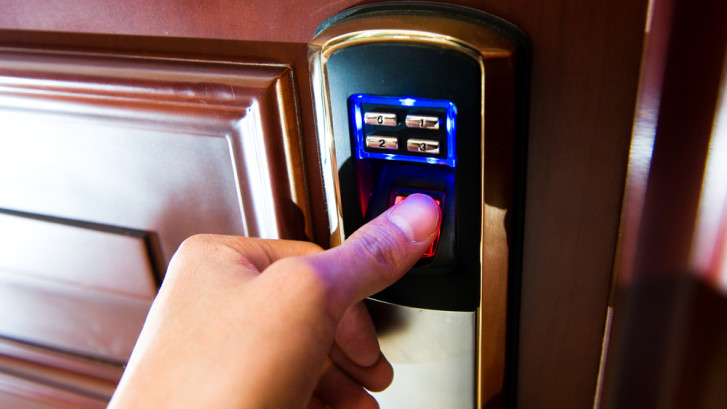Versatile Electrical Cabins Designed for Utility Transformations
Versatile electrical cabins play a crucial role in the efficient and safe operation of utility transformations, especially in environments where space and flexibility are paramount. These cabins are designed to house electrical equipment such as transformers, switchgear, and control systems, making them an essential component in power distribution and industrial settings. Their versatility comes from their ability to be customized for different applications, providing reliable protection and functionality for various electrical operations. One of the key benefits of electrical cabins is their adaptability to different environmental conditions. Whether used in urban, industrial, or remote locations, these cabins are built to withstand harsh weather conditions, including extreme temperatures, moisture, dust, and pollutants. The robust materials used in their construction, such as weather-resistant steel or insulated panels, ensure that the internal electrical components remain secure and operational, even in the most challenging environments. This durability is critical for preventing outages or damage to sensitive equipment, which can lead to costly repairs and downtime.
Electrical cabins also offer a high degree of flexibility in terms of design and configuration. They can be tailored to meet the specific needs of a project, with options for internal layouts that accommodate various electrical systems. Whether it is for low, medium, or high-voltage applications, the schema elettrico cabina mt bt can house the necessary equipment in a way that maximizes space and accessibility. Additionally, the design can incorporate safety features such as fire suppression systems, ventilation for heat dissipation, and secure access points to ensure the safety of personnel working with the equipment. Unlike traditional brick-and-mortar substations or utility buildings, which require extensive groundwork and construction, electrical cabins can be quickly deployed and set up. Their prefabricated nature means that they can be transported to the site in a pre-assembled or modular form, reducing installation time and minimizing disruptions to existing operations. This quick setup is particularly beneficial in emergency situations or when dealing with temporary power needs, as the cabins can be relocated or expanded as needed.
Moreover, these cabins provide a compact solution for urban or densely populated areas where space is limited. In such environments, building traditional utility infrastructures may not be feasible due to space constraints or zoning regulations. Electrical cabins offer a more efficient alternative by housing the necessary equipment in a compact and secure manner, while still ensuring easy access for maintenance and inspections. This compact design makes them ideal for locations like factories, power plants, or even within city grids, where the installation of larger infrastructure would be impractical. Security is another critical consideration in the design of electrical cabins. Since these cabins contain high-voltage equipment, preventing unauthorized access is essential. Many cabins are equipped with advanced locking mechanisms, surveillance systems, and alarm systems to protect against theft or tampering. These security measures are essential not only for protecting valuable equipment but also for ensuring the safety of personnel who might otherwise be at risk if access to the equipment were not properly controlled.

 Education and awareness are essential components of proactive home security. Homeowners should educate themselves and their families about common burglary tactics and preventive measures. This includes practicing basic security habits such as always-locking doors and windows, even when at home, and refraining from sharing vacation plans on social media to avoid signaling an empty house. Lastly, engaging professional monitoring services provides an added layer of proactive security. Monitoring centers can respond swiftly to alarms triggered by security systems, verifying the threat and alerting law enforcement or emergency services as needed. This rapid response capability ensures that potential break-ins are addressed promptly, minimizing the risk of loss or damage to property. In conclusion, proactive home security involves a multi-faceted approach that combines expert assessments, physical security enhancements, advanced technology, community involvement, and ongoing vigilance. By implementing these proactive measures, homeowners can reduce the likelihood of break-ins and create a safer living environment for themselves and their families. Investing in proactive home security not only protects property but also promotes peace of mind, knowing that comprehensive measures are in place to deter intruders and respond effectively to potential threats.
Education and awareness are essential components of proactive home security. Homeowners should educate themselves and their families about common burglary tactics and preventive measures. This includes practicing basic security habits such as always-locking doors and windows, even when at home, and refraining from sharing vacation plans on social media to avoid signaling an empty house. Lastly, engaging professional monitoring services provides an added layer of proactive security. Monitoring centers can respond swiftly to alarms triggered by security systems, verifying the threat and alerting law enforcement or emergency services as needed. This rapid response capability ensures that potential break-ins are addressed promptly, minimizing the risk of loss or damage to property. In conclusion, proactive home security involves a multi-faceted approach that combines expert assessments, physical security enhancements, advanced technology, community involvement, and ongoing vigilance. By implementing these proactive measures, homeowners can reduce the likelihood of break-ins and create a safer living environment for themselves and their families. Investing in proactive home security not only protects property but also promotes peace of mind, knowing that comprehensive measures are in place to deter intruders and respond effectively to potential threats.